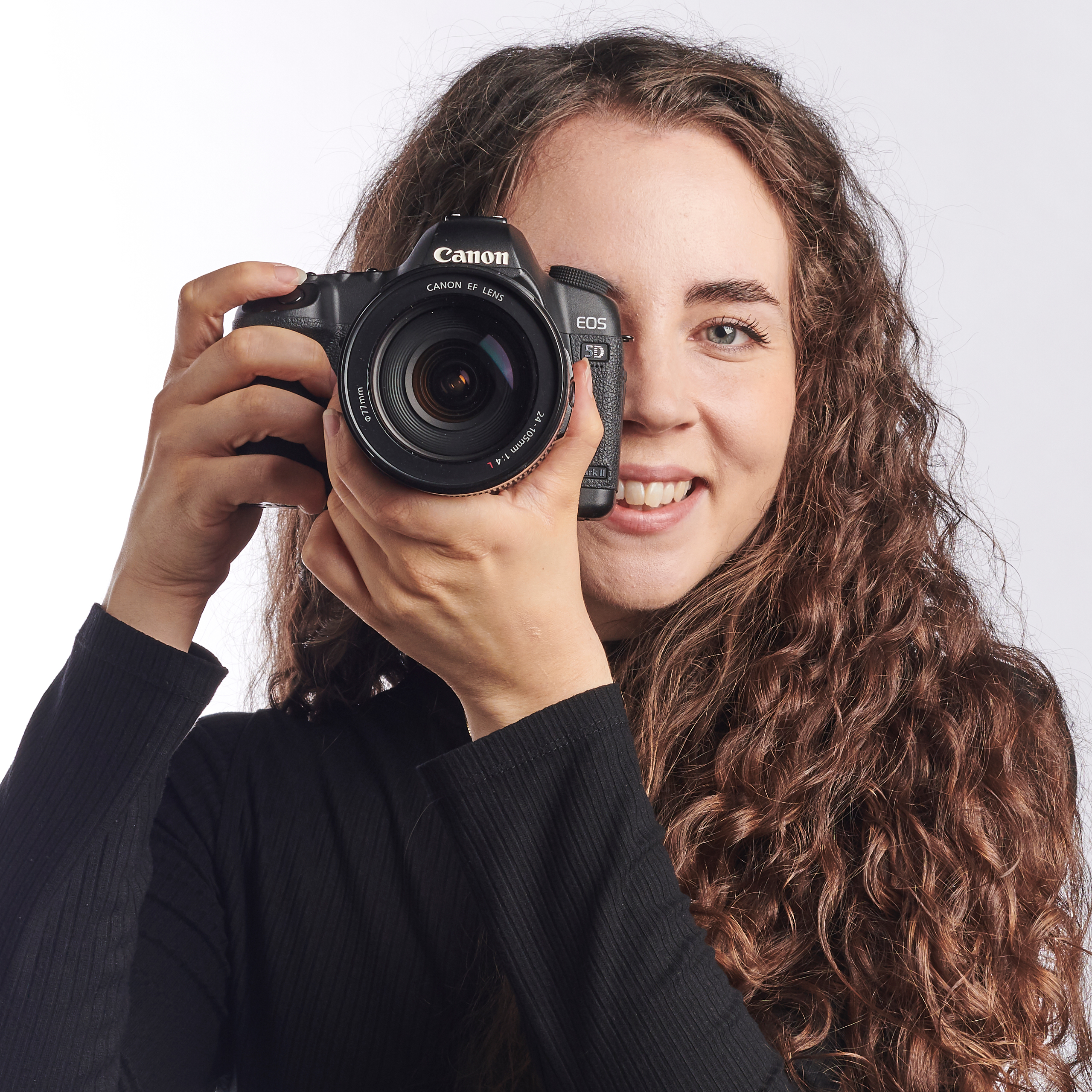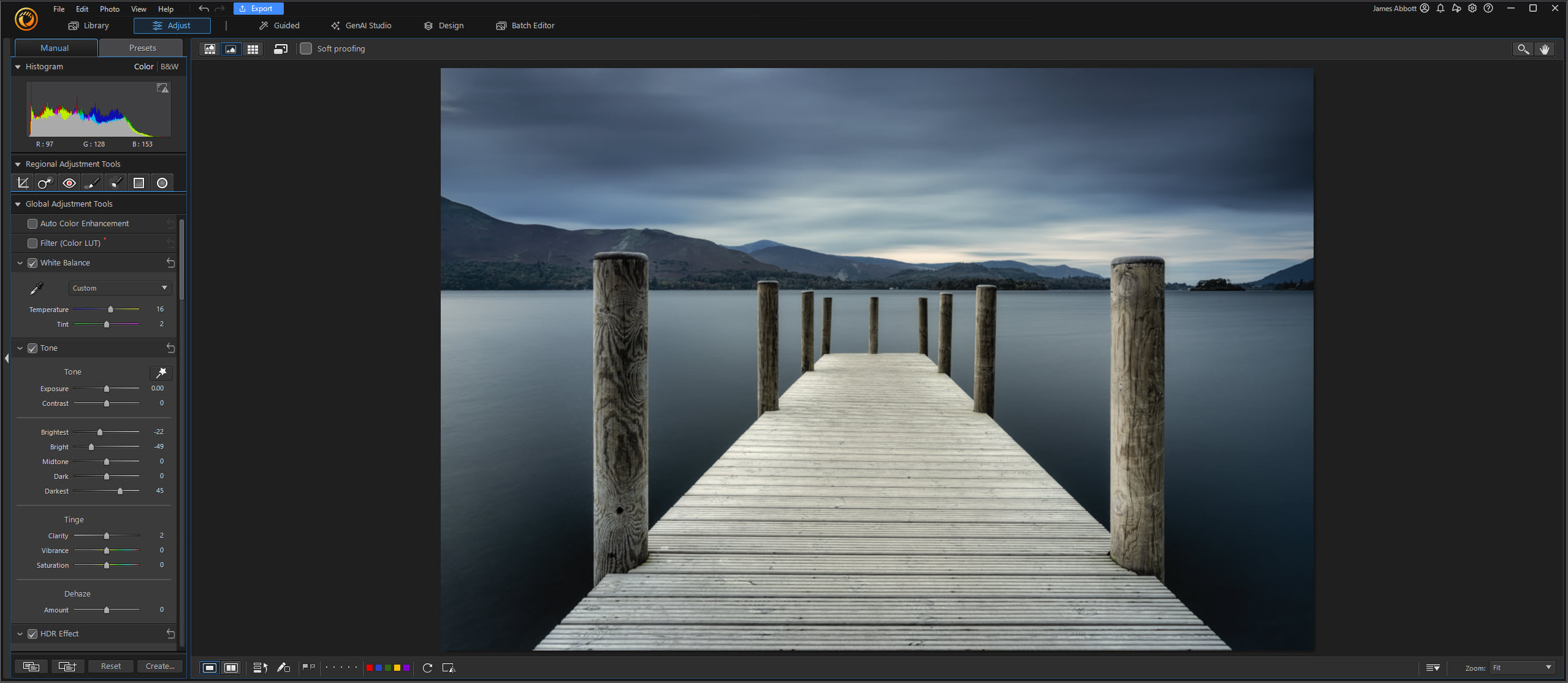This astrophotography shows the incredible beauty of our universe
If you like astrophotography, then you'll love the shortlisted images from the Astronomy Photographer of the Year 2021
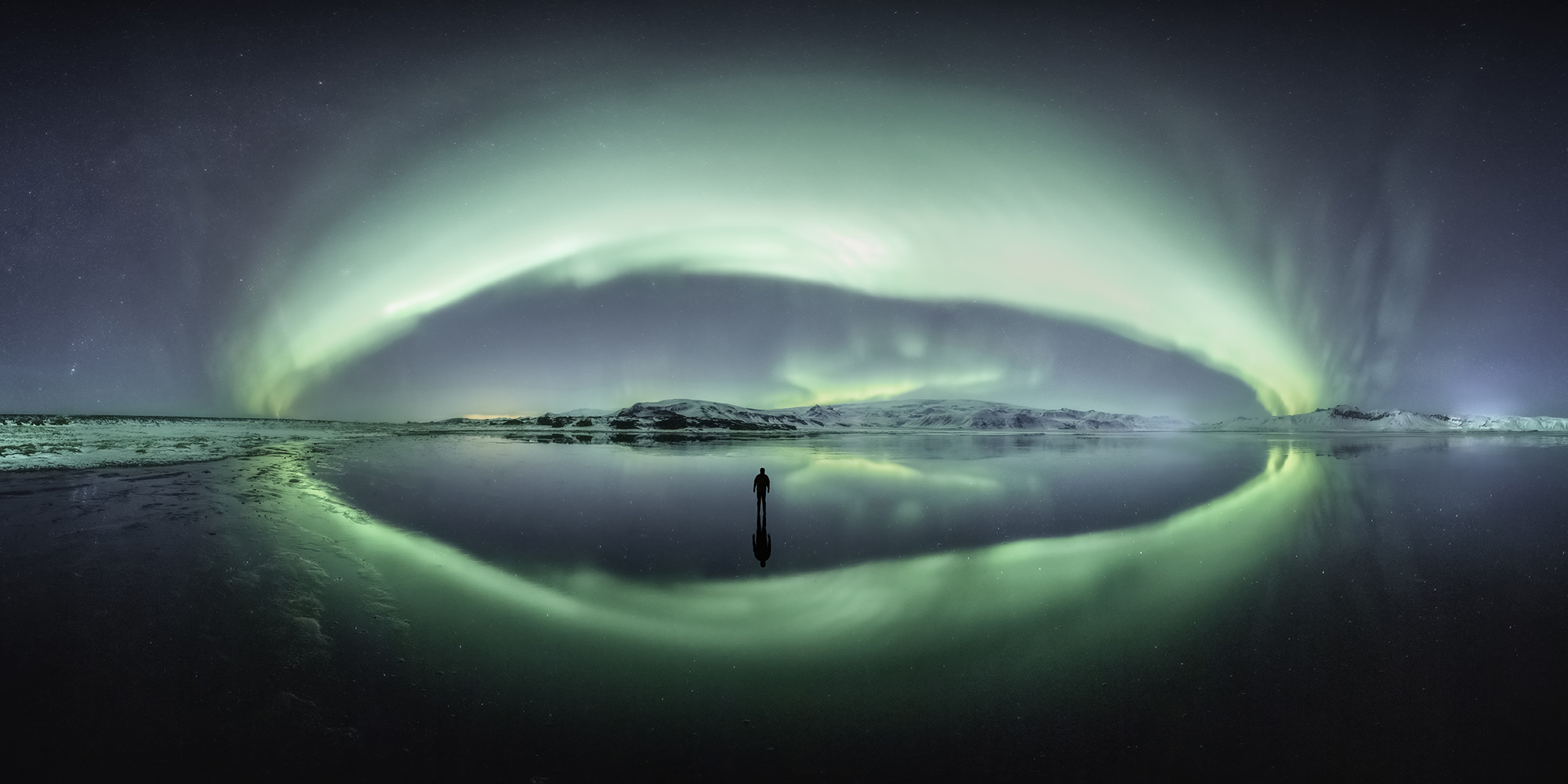
The shortlisted astrophotography images from the Astronomy Photographer of the Year 2021 competition have recently been revealed, showcasing the best images of space captured over the past year. The competition is in its 13th year and attracted over 4,500 entries from 75 different countries worldwide.
The winners of the Astronomy Photographer of the Year 2021 competition will be announced on 16 September in a digital awards ceremony. A selection of the winning and shortlisted images will then be displayed in the Astronomy Photographer of the Year exhibition at the National Maritime Museum in Greenwich, London.
• Read more: Best cameras for astrophotography
Shortlisted images from this year's entrants include an image taken during lockdown that depicts the Moon's trajectory over the roofs of Paris, a 250º panorama of the Aurora Borealis in Iceland and the Milky Way rising over Durdle Door, Dorset in England.
The competition's judges include Steve Marsh, Art Editor of BBC Sky at Night Magazine, Jon Culshaw, renowned comedian and keen amateur astronomer, and a host of experts from the worlds of art and astronomy. The winners and shortlisted entries will also be published in the competition's official book, which will be available in September. Discover more about the Astronomy Photographer of the Year competition at the official website. Meanwhile, see a selection of the shortlisted astrophotography images below.
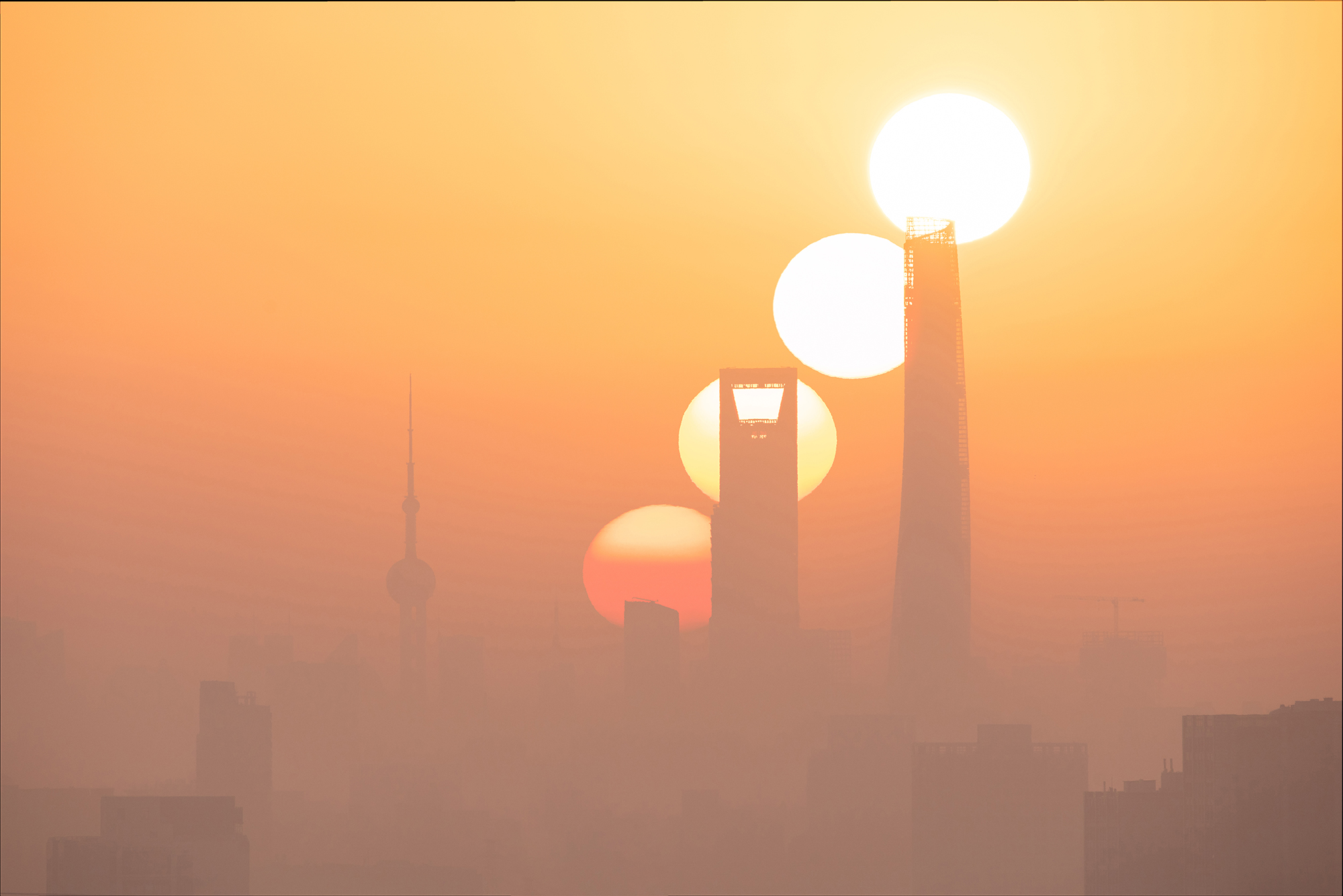
Sunrise of the Magic City, Jiajun Hua
Shanghai is one of the most economically developed cities in China. The photo is taken 16 kilometers away from Lujiazui financial district. Every year there are only a few weeks when photographers can capture the scene of the Sun rising the Central Business District (CBD). The photographer waited for a few days and finally witnessed the Sun rising from the most prosperous area of Shanghai on a heavily polluted morning. The photo is composed of four different exposures from the same perspective, recording the process of the Sun rising.
Get the Digital Camera World Newsletter
The best camera deals, reviews, product advice, and unmissable photography news, direct to your inbox!
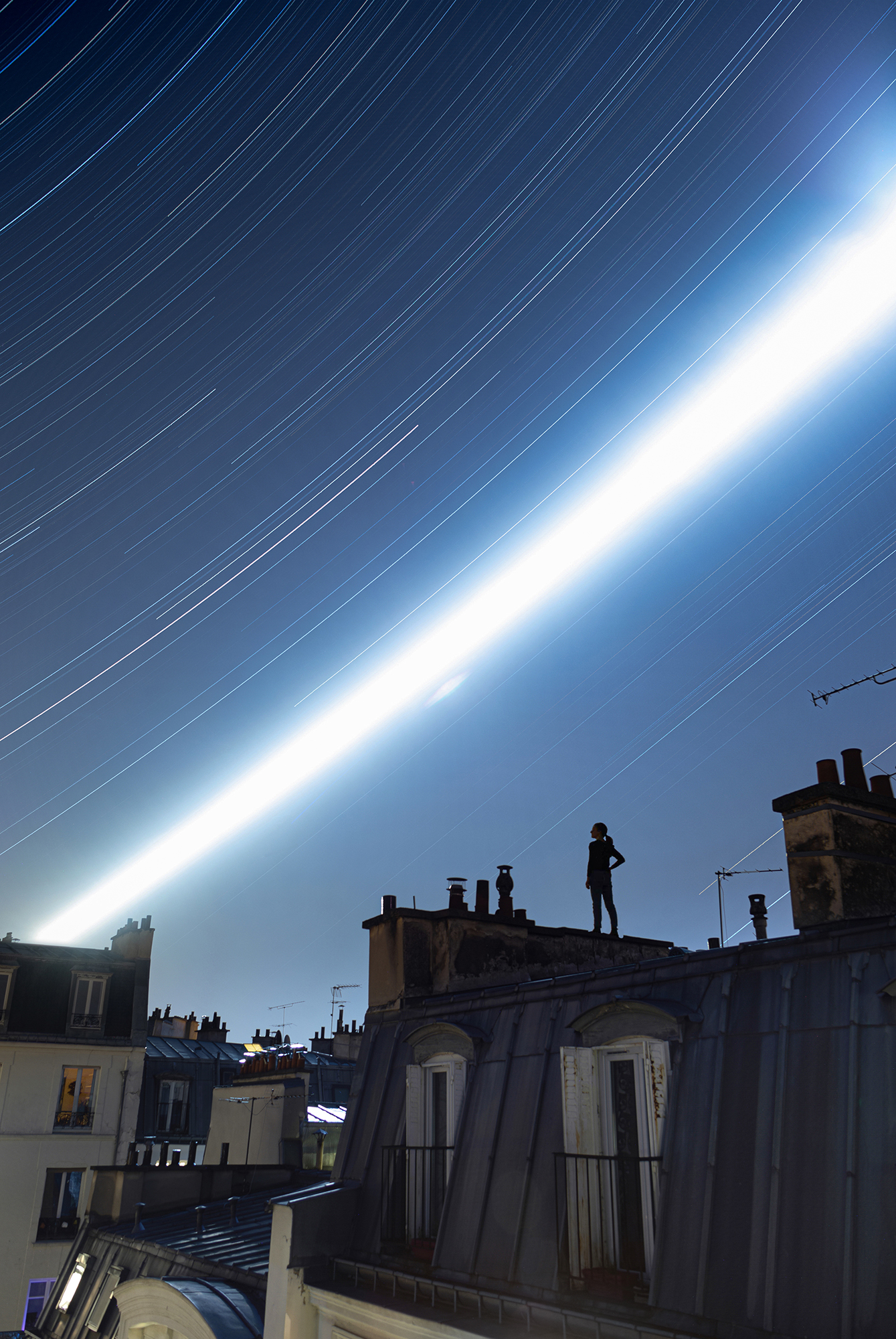
Path of the Full Moon above the Sleeping City, Rémi Leblanc-Messager
The photographer’s aim for this image was to focus on the Moon’s trajectory at the centre of the photograph, dividing the human world from the sky. It was tight to time the dark sky just after sunset and the moonrise behind the buildings. The curfew imposed in France decided the location – these roofs look out onto the photographer’s flat in the centre of Paris. The photographer had to predict the precise moment and place that the Full Moon would come out from behind the buildings. The woman standing on the roof appears to be the link between the city and the sky.
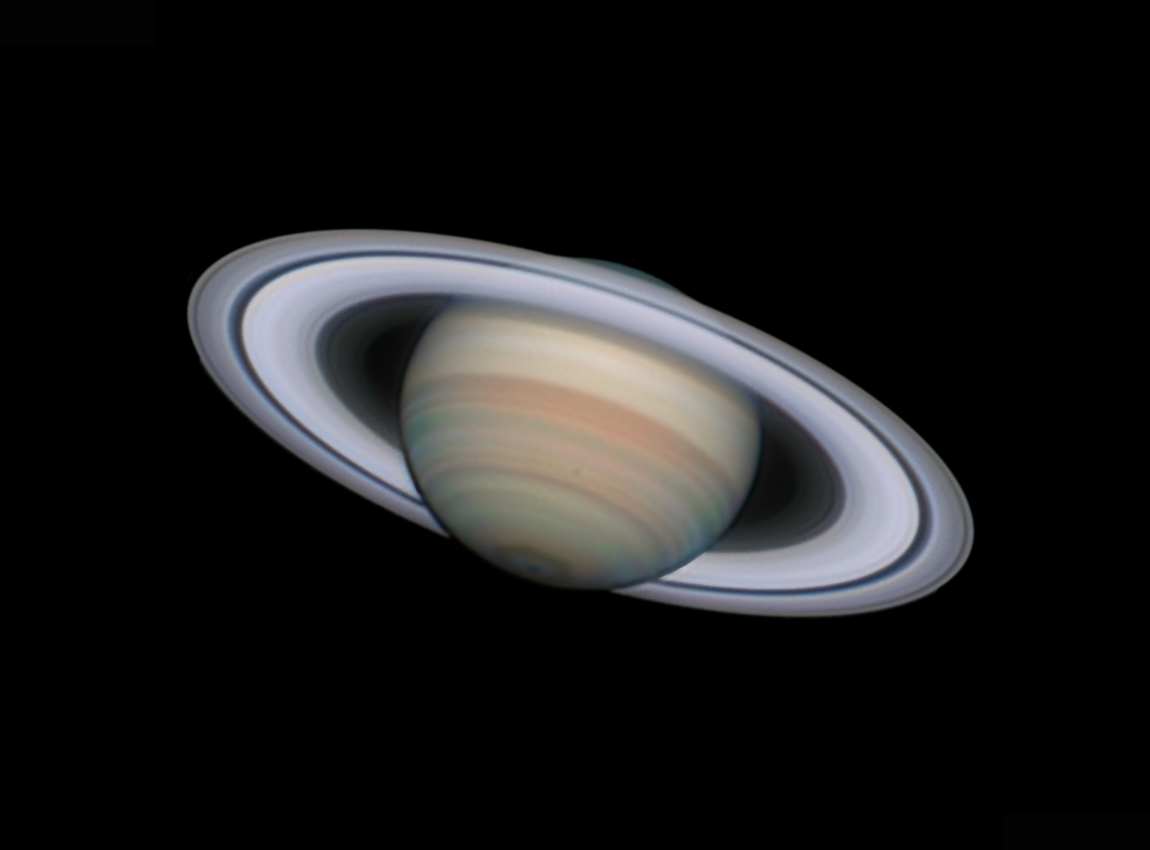
Saturn at its Best, Damian Peach
In this image, Saturn is shown near its best for 2020, displaying a wealth of details across the globe and ring system. The famous polar hexagon can be seen around the pole at bottom, while many other belts and zones are seen across the planet. The famous Cassini and Encke divisions dominate the view of the rings.
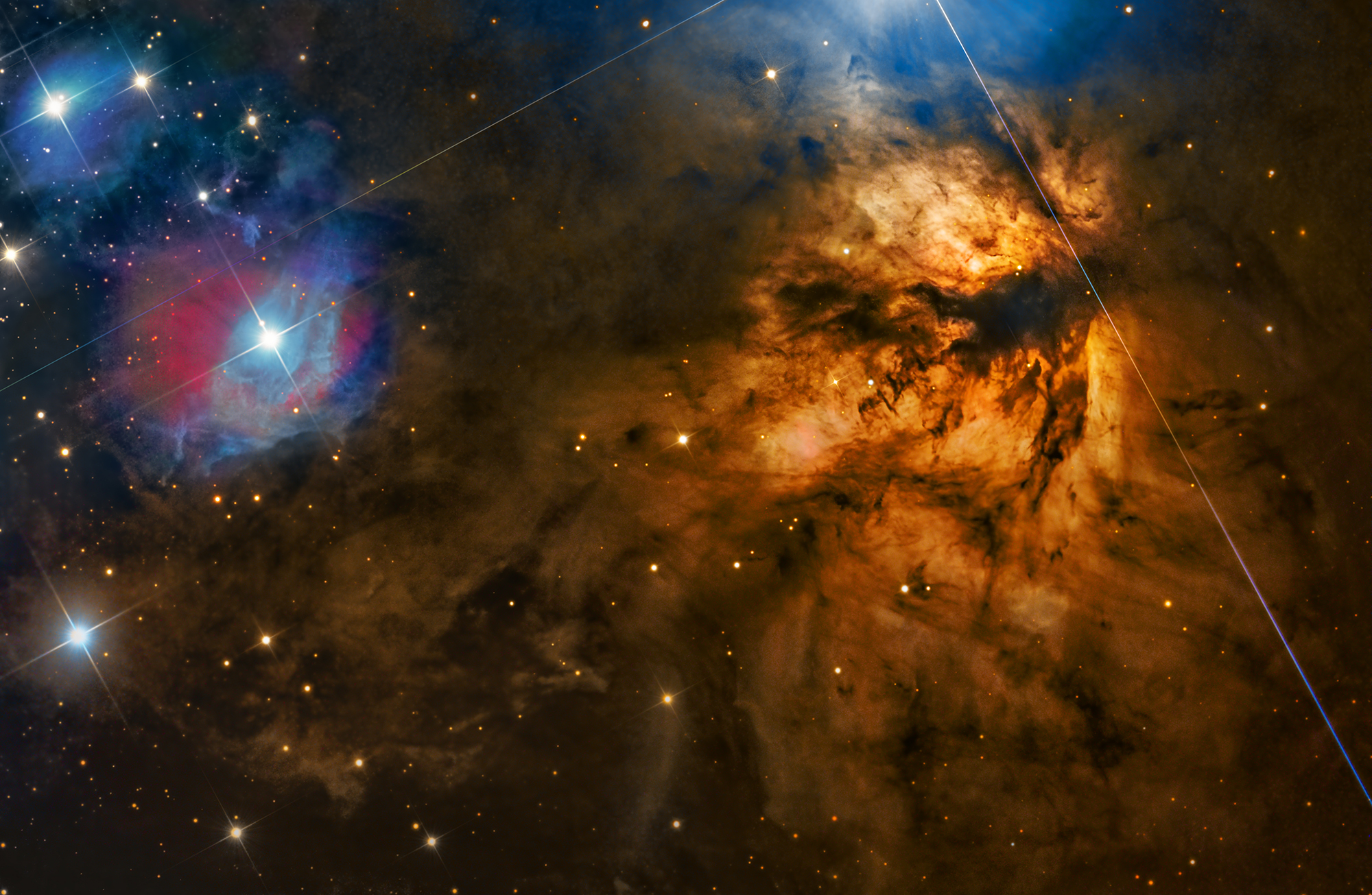
NGC 2024 – Flame Nebula, Steven Mohr
The Flame Nebula, designated as NGC 2024 and Sh2-277, is an emission nebula in the constellation Orion, lying some 900 to 1,500 light-years away from Earth. The bright star Alnitak (just outside the field of view at the top of this image), the easternmost star in the Belt of Orion, shines energetic ultraviolet light into the Flame and this knocks electrons away from the great clouds of hydrogen gas that reside there. Much of the glow results when the electrons and ionized hydrogen recombine. Additional dark gas and dust lies in front of the bright part of the nebula, and this is what causes the dark network that appears in the centre of the glowing gas. The Flame Nebula is part of the Orion Molecular Cloud Complex, a star-forming region that includes the famous Horsehead Nebula.
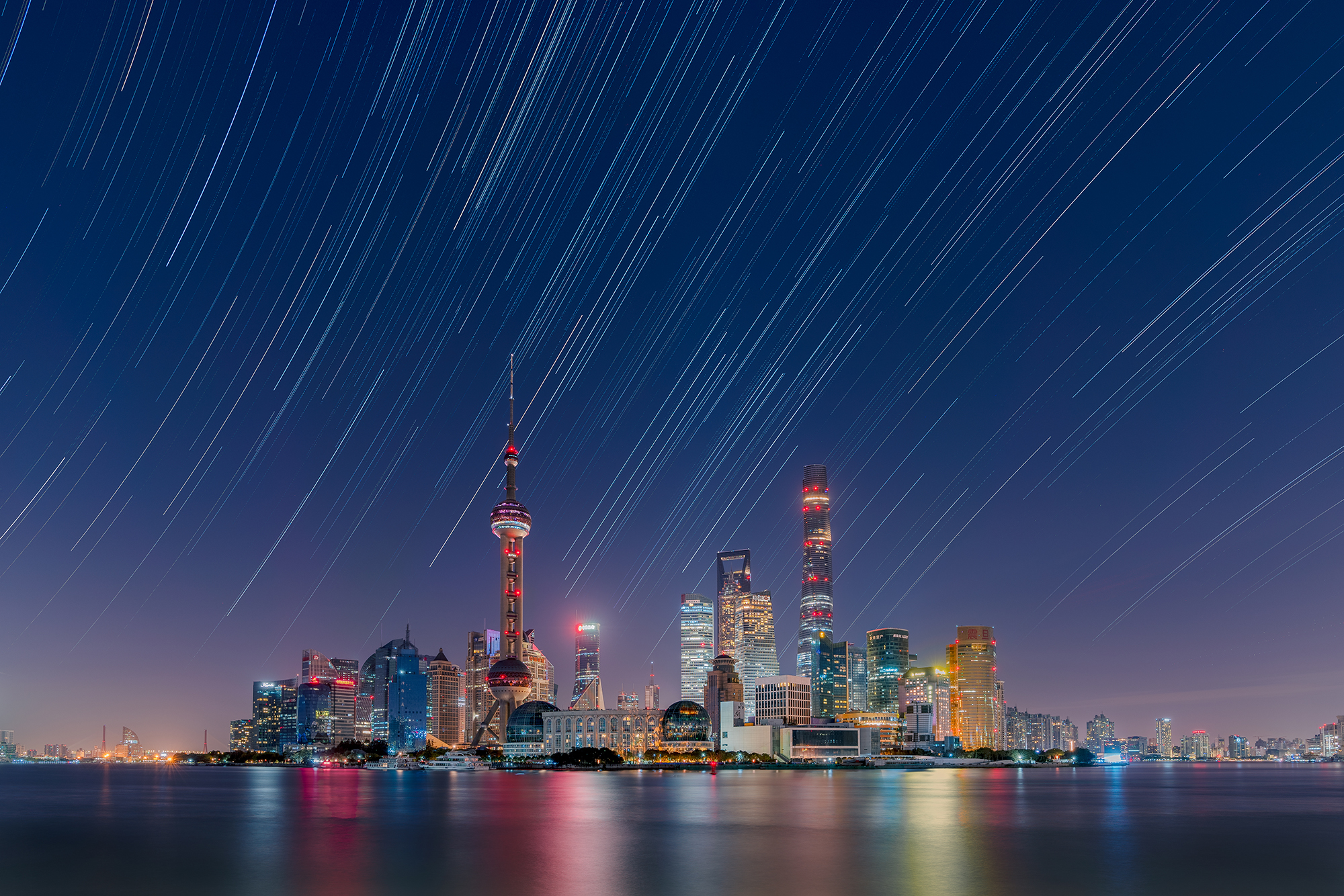
Star Trails over the Lujiazui City Skyline, Daning Kai
This image shows star trails over the Lujiazui city in Pudong District and you can even distinguish the Belt of Orion. Lujiazui is the most prosperous place in Shanghai, China and the light pollution is very heavy but if the weather is clear, you can see the stars. The photographer captured this photo on a very clear autumn night. The beautiful starry sky is above us, and even if you live in a city, and you can still look up at it.
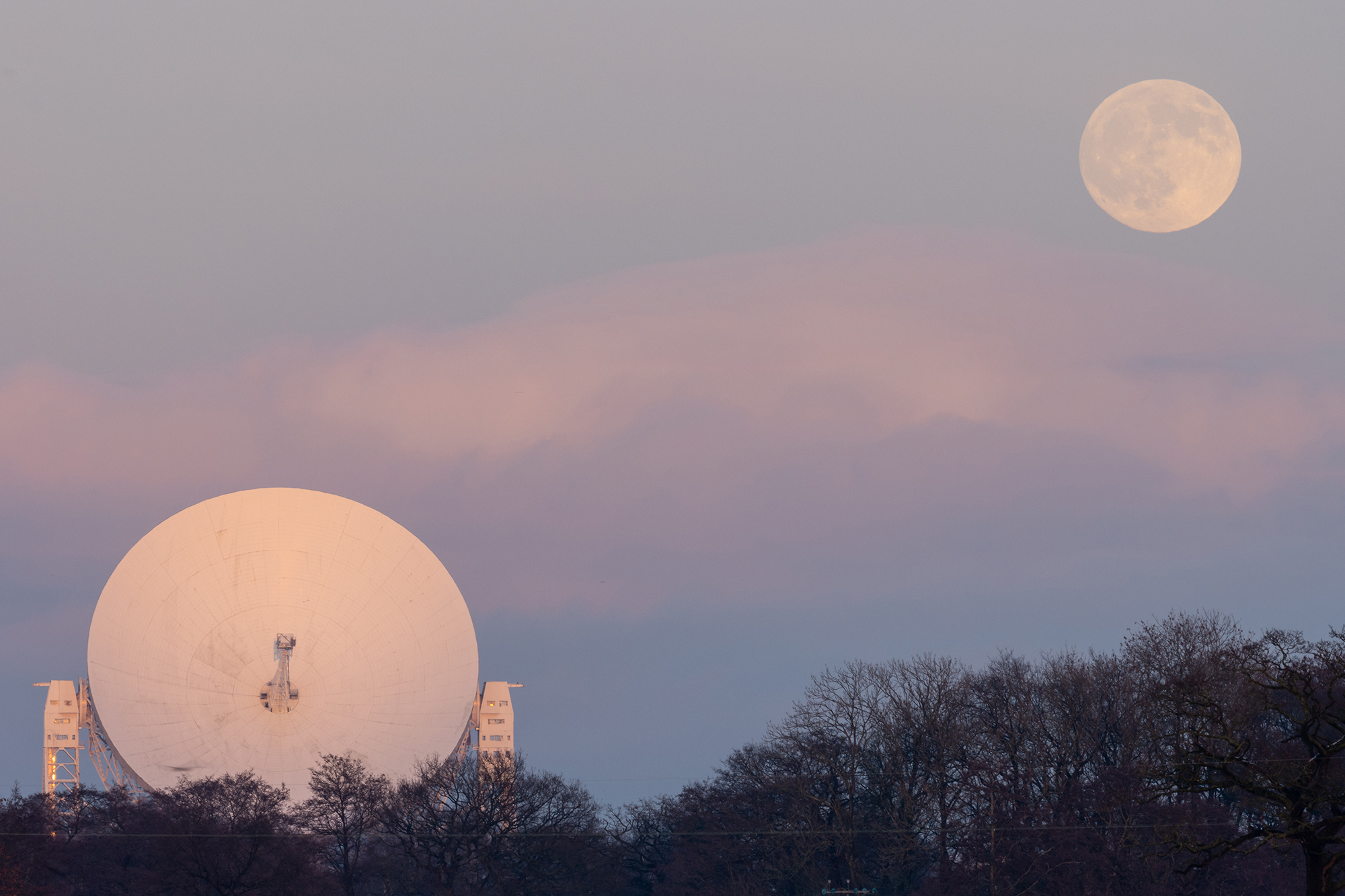
Moonrise over Jodrell Bank, Matt Naylor
It was the photographer’s long-held ambition to capture the Moon and the famous Lovell Telescope at maximum focal length, which for the photographer is 400mm. Finding a spot with a clear view, far enough away from the subject, and the Moon being in the sky at the correct time of day was all part of the puzzle. By the time the Moon appeared, the photographer had to drop down the focal length to 286mm to compose this image. The setting Sun did however light up the clouds for some lovely colors.
Read more
Best telescopes for astrophotography
Best CCD cameras for astrophotography
Best binoculars
Best lenses for astrophotography
Best light pollution filters
Best star tracker mount
Best head torch
With over a decade of photographic experience, Louise arms Digital Camera World with a wealth of knowledge on photographic technique and know-how – something at which she is so adept that she's delivered workshops for the likes of ITV and Sue Ryder. Louise also brings years of experience as both a web and print journalist, having served as features editor for Practical Photography magazine and contributing photography tutorials and camera analysis to titles including Digital Camera Magazine and Digital Photographer. Louise currently shoots with the Fujifilm X-T200 and the Nikon D800, capturing self-portraits and still life images, and is DCW's ecommerce editor, meaning that she knows good camera, lens and laptop deals when she sees them.
